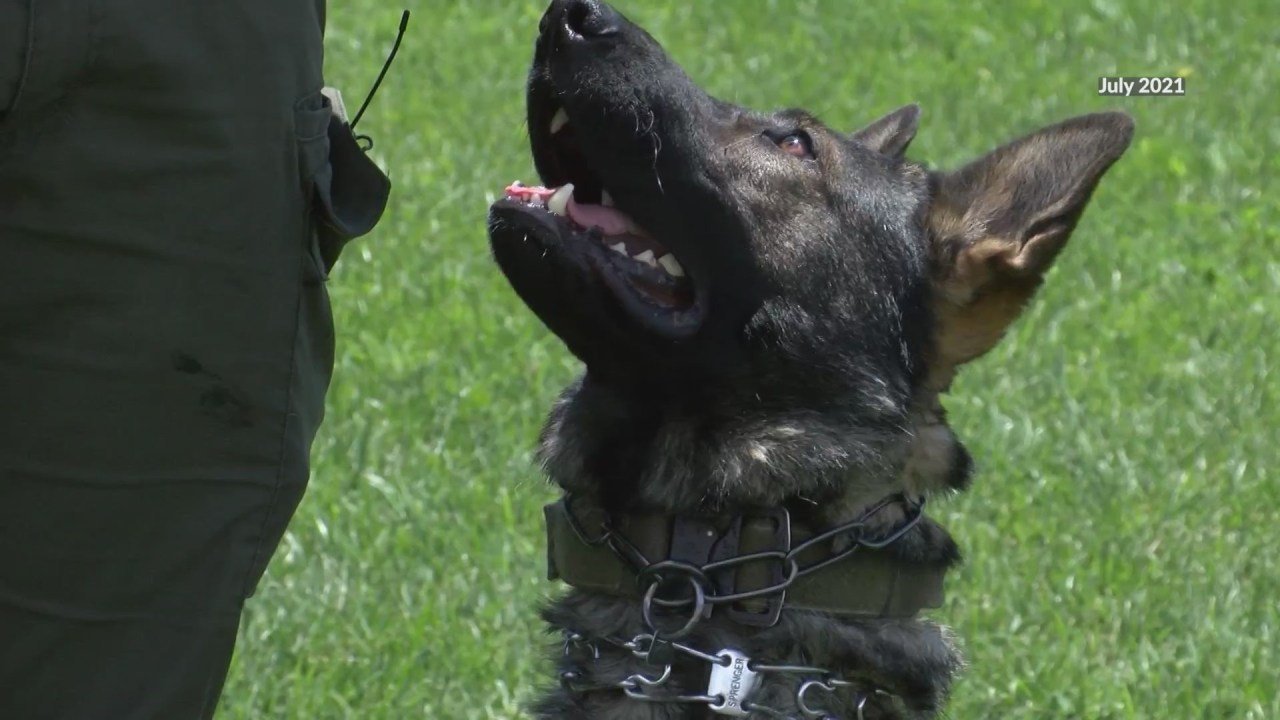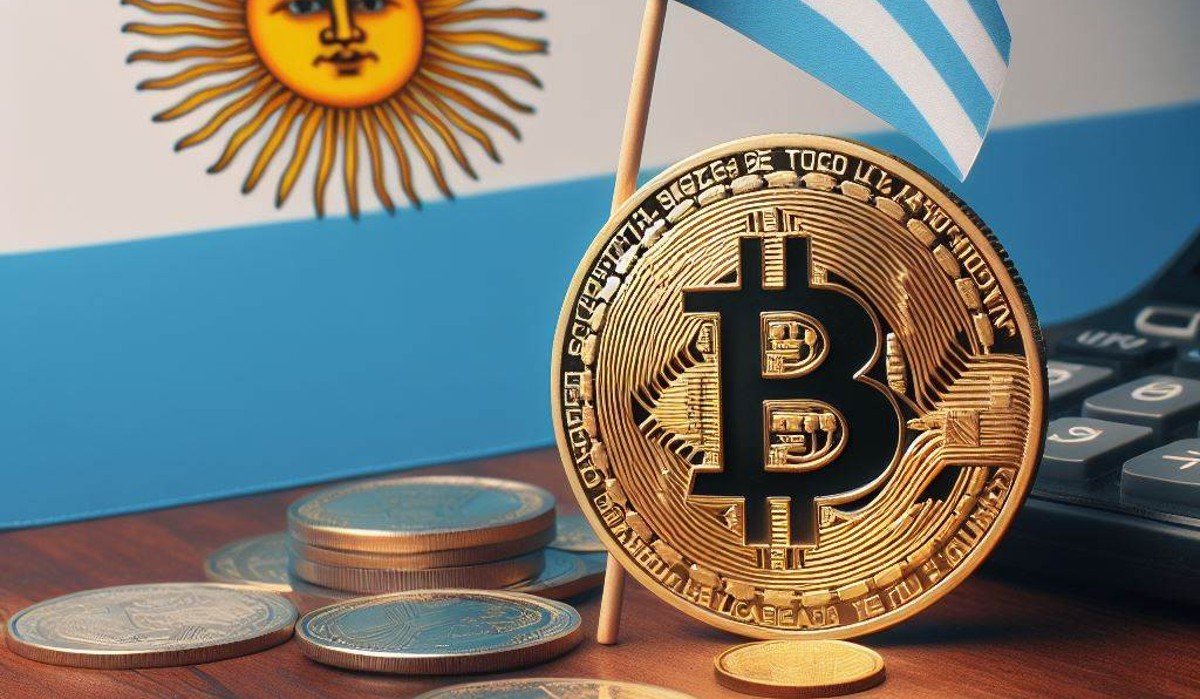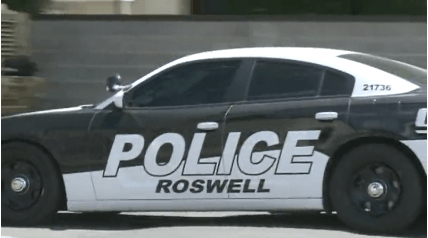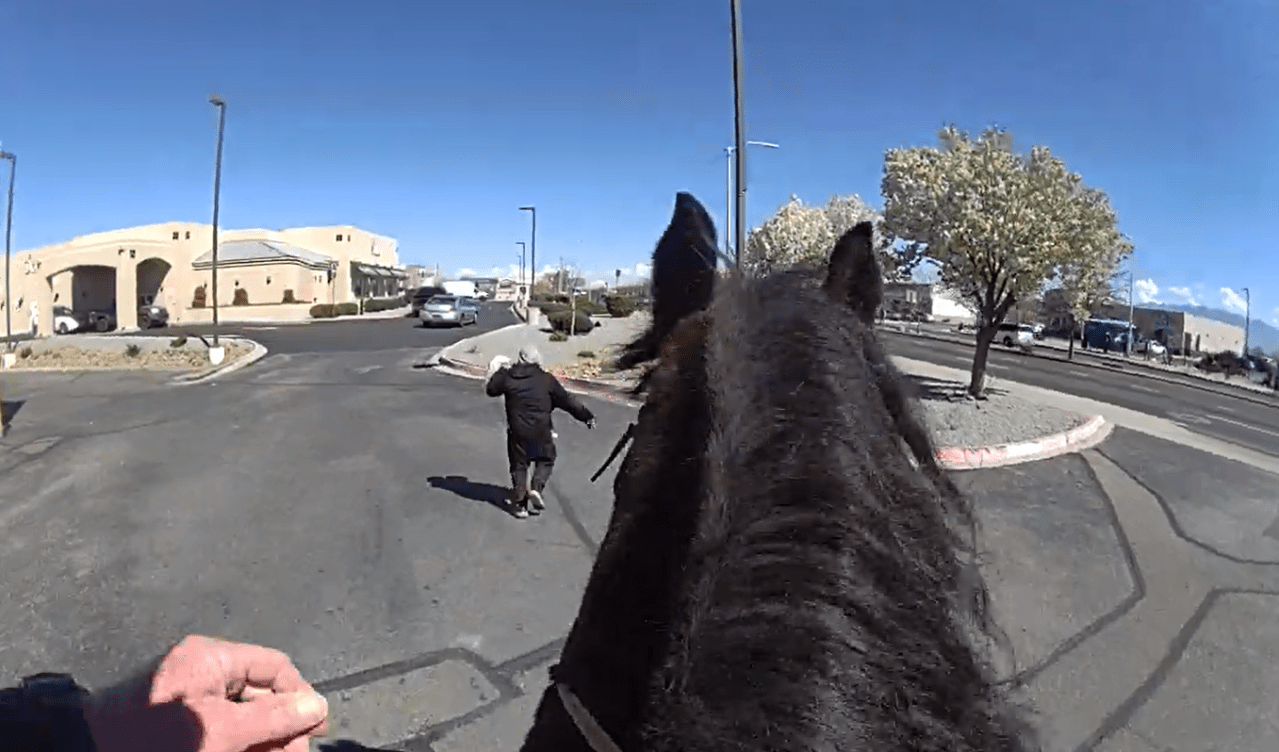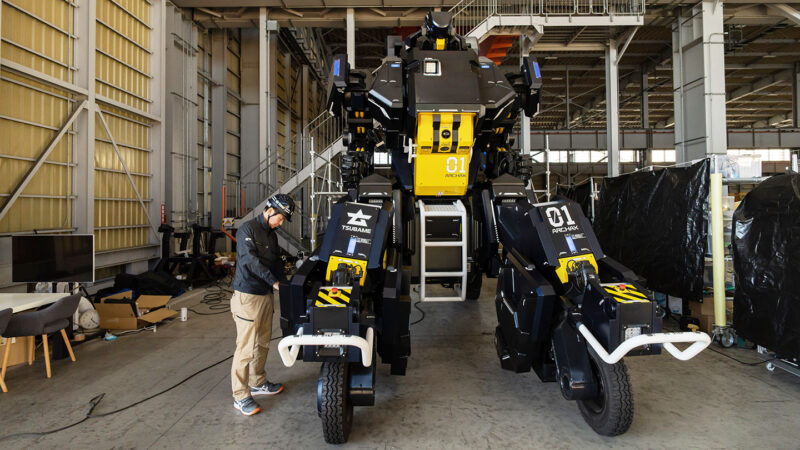
Brachiosaurus: With very long necks and short tails, these gigantic dinosaurs have been compared to giant giraffes. Unlike most dinos, their front legs were longer than their hind legs. Their body shape allowed these massive animals to reach their heads 12 meters (39 ft) above the ground – high enough to browse the leaves of tall trees. Large adults can weigh about 80 metric tons and reach a length of about 25 meters (82 ft).
Carbon: A chemical element that is the physical basis of all life on Earth. Carbon exists freely as graphite and diamond. It is an important component of coal, limestone and petroleum, and is capable of self-bonding to form a large number of chemically, chemically, biologically and commercially important molecules. (in climate studies) The term carbon is sometimes used almost interchangeably with carbon dioxide to refer to the potential effects that some action, product, policy, or process may have on long-term atmospheric warming.
Carbon fiber: Tiny fibers made of carbon atoms. Each fiber is 5 to 10 micrometers thick (perhaps one-tenth the width of a human hair). Strong and lightweight, carbon fibers can be used to reinforce everything from helicopter blades to protective fabrics.
ruins: Scattered fragments, usually rubbish or something destroyed. For example, space debris includes debris from defunct satellites and spacecraft.
spreading out: adj.) spread thinly over a large area; Not concise or focused. (v) scattering light or releasing some substance broadly through a liquid (eg water or air) or some surface (eg membrane).
Dinosaurs: A word meaning terrible lizard. These reptiles appeared about 243 million years ago. All descended from egg-laying reptiles known as archosaurs. Their descendants eventually split into two lines. For decades, they have been distinguished by their hips. The lizard-hip line is believed to be the cause saurischiansLike bipedal theropods T. Rex And the woodpecker is four-legged Apatosaurus. A second line of so-called bird-hips, or ornithischian Dinosaurs, stegosaurs, and duckbills seem to have led a vastly different group of animals that included dinosaurs. The much larger dinosaurs died out about 66 million years ago. But some Saurisians survived. They are now the birds we see today (and which have now evolved the so-called “bird-shaped” pelvis).
dynamic: An adjective that refers to something active, changing, or moving. (noun) change or range variability in something seen or measured.
the engineer: A person who uses science and mathematics to solve problems. As a verb, to engineer means to design a device, component, or process that will solve some problem or unmet need.
Engineering: Area of research that uses mathematics and science to solve practical problems. Someone who works in this field is known as an engineer.
fiber: Something shaped like a thread or filament. (in nutrition) A plant-based food ingredient with lots of fiber. These so-called indigestible fibers come from cellulose, lignin, and pectin—all plant materials that resist breakdown by the body’s digestive enzymes.
Fiberglass: A material made of glass strands.
Filament: something with a thin, thread-like shape. For example, the brittle metal wire that is heated to emit light inside an incandescent light bulb is known as its filament.
say: some outside influence that can change the motion of an object, hold objects closer to each other, or create motion or stress on a stationary object.
fuse: (v.) to join two things together, often along some seam. (n.) some cord, tube, or other material that can ignite and eventually ignite an explosive. or an electrical device that breaks an electrical circuit when it overheats, thus preventing electrical wires from getting hot enough to cause a fire.
gravity: The force that attracts anything with mass to another object with mass, or bulk. The greater the mass of something, the greater its gravity.
residence: the region or natural environment in which an animal or plant normally lives, such as deserts, coral reefs, or freshwater lakes. A single habitat can be home to thousands of different species.
hovercraft: A vehicle that travels over land or water in windy rivers. The blowers send a large jet of air under the vehicle at slightly above atmospheric pressure. The pressure difference between this air and the low pressure air above it creates lift. This, in turn, allows the craft to float on a cushion of air.
Laser: A device that produces an intense beam of coherent light of a single color. Lasers are used in drilling and cutting, alignment and guidance, data storage and surgery.
mechanical: working with moving devices, including tools, engines and other machines (even, potentially, living machines); or something caused by the physical movement of another object.
metal: Something that conducts electricity well, tends to shine (reflect), and is malleable (ie can be reshaped with heat and not too much force or pressure).
form: Short for metamorphose, it means to change or transform from one form to another (eg caterpillar to butterfly) or from one form to another. Or it can mean to evolve or mutate, where one or more parts of the genome undergo some sort of change in their chemistry – and potentially their function. (in a non-living system) It refers to a thing, principle, or activity that has changed, becoming something that looks new and different.
muscle: A type of tissue used to produce movement by contracting its cells, known as muscle fibers. Muscle is rich in protein, which is why predatory species seek out prey with an abundance of this tissue.
orbit: The curved path of a celestial body or spacecraft around a galaxy, star, planet, or moon. A complete circuit around a celestial body.
physics: The scientific study of the nature and properties of matter and energy. Classical physics is an explanation of the nature and properties of matter and energy that relies on descriptions such as Newton’s laws of motion. Quantum physics, a field of study that emerged later, is a more accurate way of explaining the motion and behavior of matter. A scientist who works in such areas is known as a physicist.
the robot: A device that can sense its environment, process information, and respond with specific actions. Some robots can operate without any human input, while others are operated by humans.
the roboticist: Someone who designs or builds robots.
sauropod: A very large, four-legged, plant-eating dinosaur with a long neck and tail, small head, and massive limbs.
the shock: (in biology and medicine) a potentially fatal physical response to a variety of conditions, including illness, injury, hemorrhage, and lack of adequate hydration, usually characterized by significant loss of blood pressure, decreased blood circulation, and insufficient blood flow to tissues. .
square: (in geometry) a rectangle with four sides of equal length. (in mathematics) to multiply a number by itself, or the verb means to multiply a number by itself. 2 squared is 4; 10 squared is 100.
submarine: a word for under the sea. (in transport) A vessel designed to pass through the ocean, fully submerged. Such vessels – especially those used in research – are also known as submarines.
surface: surface area of some material. In general, smaller items and rougher or more compacted surfaces have greater external surface area – per unit mass – than larger items or objects with smooth exteriors. This becomes important when chemical, biological or physical processes occur on a surface.
Technology: the application of scientific knowledge to practical purposes, especially in industry — or the devices, processes, and systems that result from those efforts.
tendon: A body tissue that connects muscles and bones.












